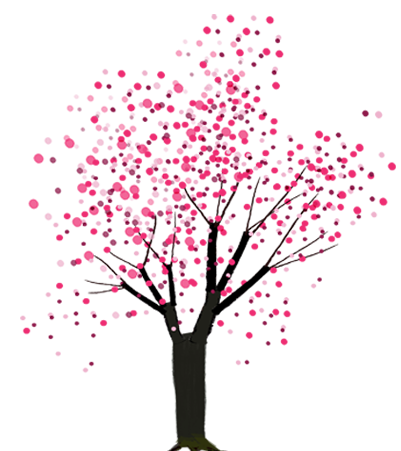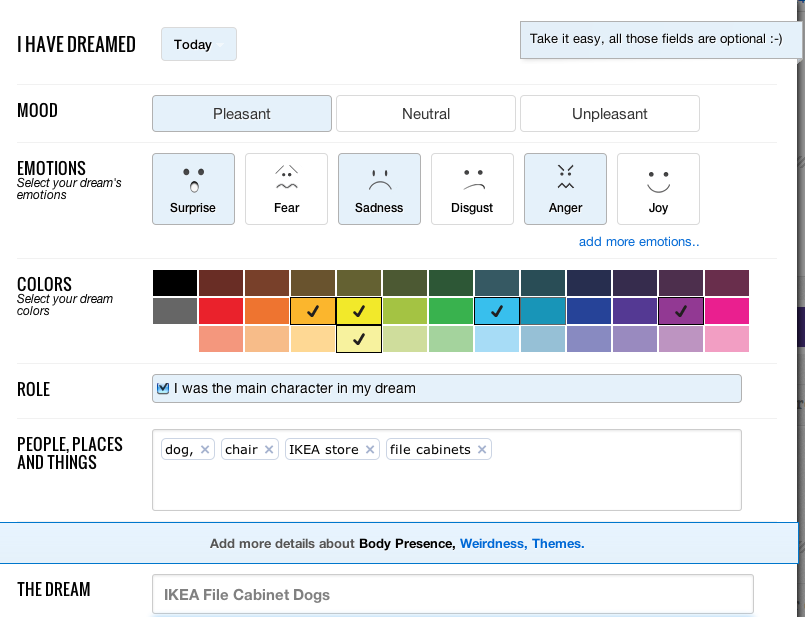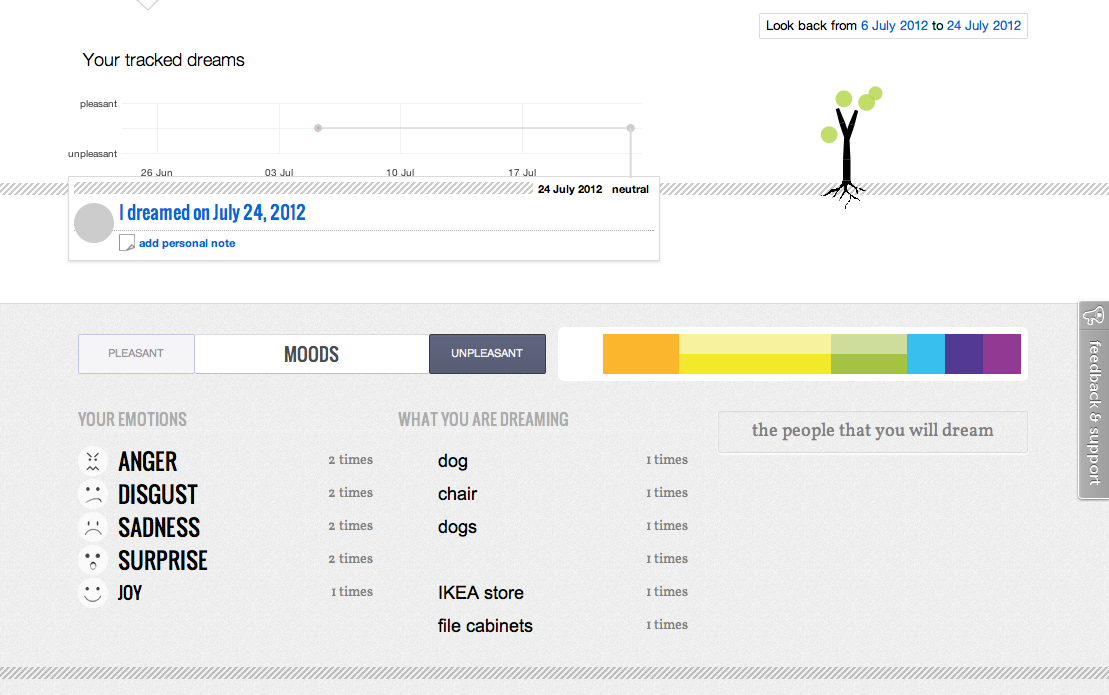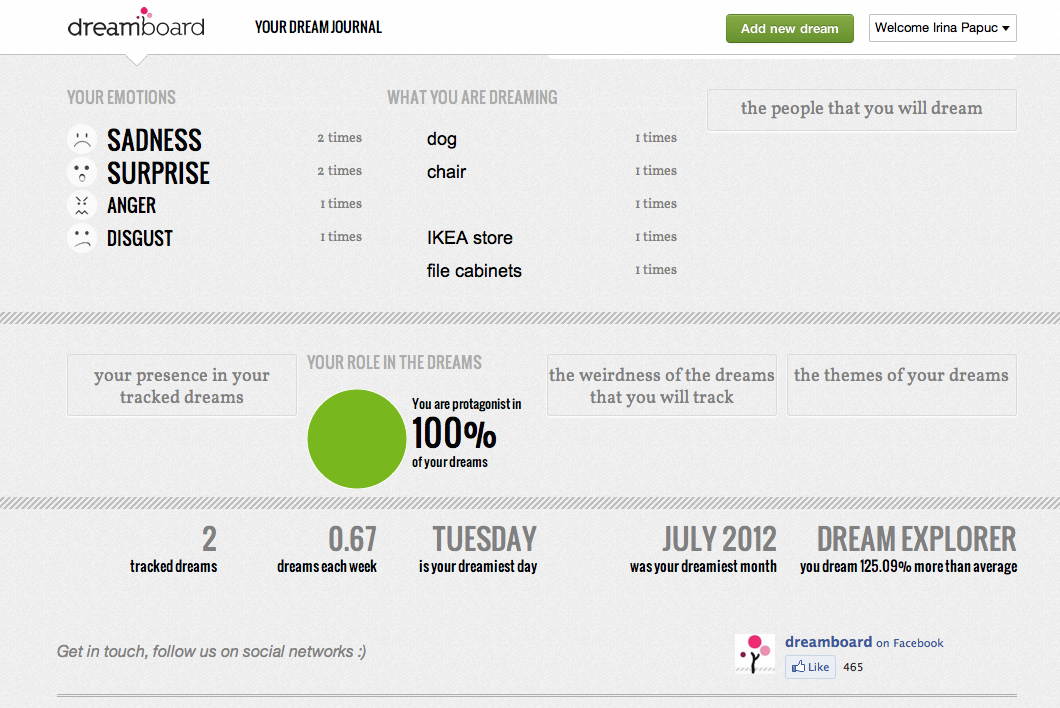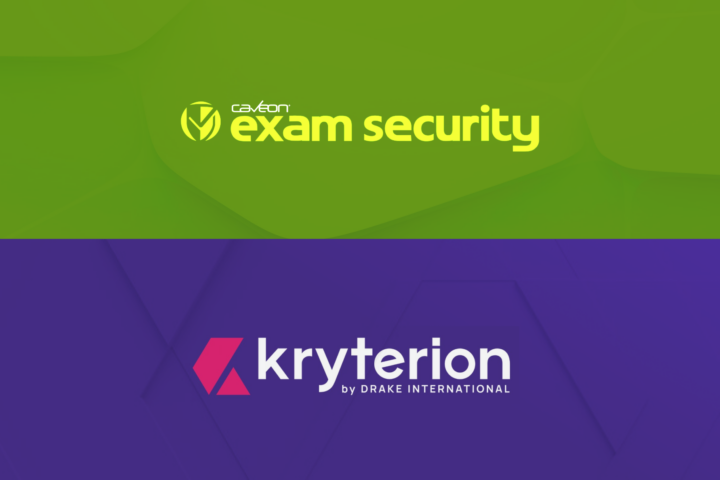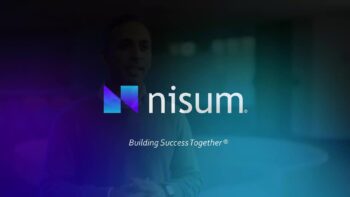Remember that weird dream? You know, the one involving natives, an abandoned IKEA store, and infinite columns of used file cabinets? OK, maybe not, but if you used Dreamboard you would not only keep track of those weird (and not so weird) dreams but also see patterns in your late-night subconscious musings.
Operating from San Francisco, Italy, and Switzerland, the startup aims to take traditional dream journaling to the next level by giving users a virtual platform to record and chart their dreams. “Dreams take us on a journey of self-discovery and reveal our true self,” says DB founder Umberto Prunotto, and he hopes the mobile app, currently in a beta version, will help people better collect this often-lost information.
I set out to see if I could ditch my dream journal for this app, and was pleasantly surprised. So how does Dreamboard work?
Add a Dream
Logging in brings you to the home screen, equipped with a chart tracking your previously recorded late-night musings (degree of pleasantness versus time). The ‘add a dream’ feature allows me to record the dream’s date and mood (pleasant, neutral, unpleasant), emotions (surprise, fear, disgust, anger, sadness, or joy). It also lets me optionally include what colors the dream evokes and whether I’m the main character. I can then add, if I want, tags to people, places, and things. Give it a title and story, and bam, there’s my first recording:
I found the ‘adding a dream’ feature to be quite easy to use, simple, and a quick way to record the gist of my dreams. The features are open-ended and require minimal information and all the questions (colors, moods, etc.) are optional. Dreams are quickly forgotten, and with this app I found it fairly pain-free to quickly ‘capture’ the vital information as soon as I got up.
On the other hand, it is hard to convey dreams in a graphical interface (particularly the ordering of such abstract events), and the moods could be oversimplified. While it’s cool to track colors and see if you tend to dream more “yellow” or “blue,” what about those dreams where colors are lost to us and only a feeling remains? How do you graph sensations? Also, some parts of our dreams are more vivid than others. DB could add a feature that enables you to place emphasis on richer memories, adding a new dimension to dream recording. Perhaps the post-beta version can tackle this.
Tracking your Dreams
The more dreams I record on this thing, the more potential patterns I see. With three dreams currently in stock, it appears that I’ve lately dreamt of dogs and chairs twice, while file cabinets only once. Cool. And my dreams are mostly yellow, and veering on the orange side:
Here I’d add that it would be nice to include some themes, or maybe make use of dream architypes to add more personalizable categories.. And while it’s neat that you are immediately see averages and results (like July and Tuesday was my dreamist month, day) it doesn’t really speak much to me when I’ve only entered in three dreams.
On the other hand, a nifty plot at the top left charts the degree of pleasantness (or unpleasantness) of my dreams over time, and their frequency, while a visual “dreaming tree” also me to quickly and visually grasp the number of recorded dreams thus far. A little pie graph shows how often (100%) I’m the main hero in my nightly adventures, and possible themes and weirdness scale, both as of now not available.
While makers of Dreamboard don’t claim it as a medical device, they have their sights on transforming the beta version into a useful dream-recording tool that helps us learn about ourselves and what makes us happy and fulfilled.
Aside from millions who enjoy dream journaling, DB hopes to target psychotherapy, sleep disorder therapy, human resources management and sleep tracking companies. “We think there are several ways to create value for those industries, including embedding Dreamboard into commercial sleep tracking devices, says Prunotto, “However, at this point we are primarily focused on creating the best possible tool for dream journaling and getting users to help us improve our analysis model.”
The Dream Team behind DB is also working on an improved algorithm that will cross-reference sleep tracking device data to produce new user applications. What’s in store for the future? “I envision a tool that is personal, interactive, fast, and ‘tailor-cut’ on each dreamer’s needs,” says Prunotto. For now, check DB’s beta version out here.

